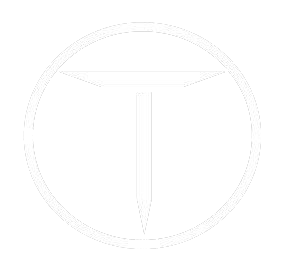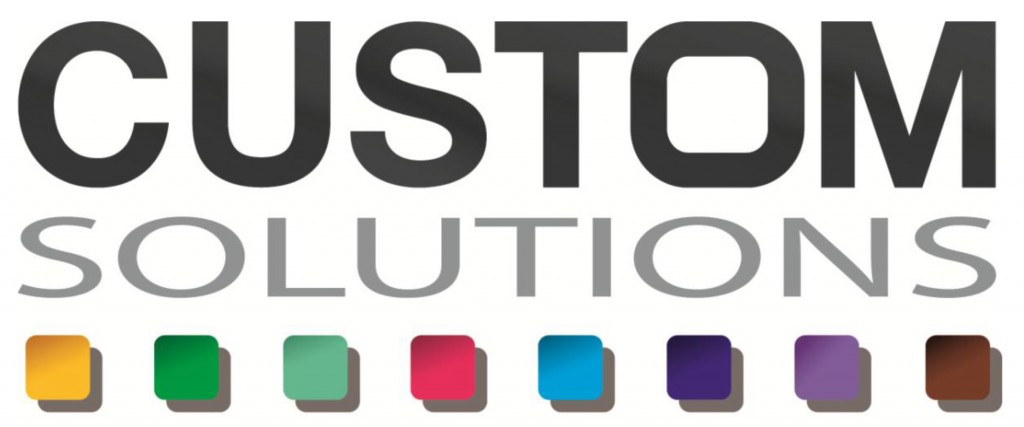CUSTOM SPECS
LOGO CUSTOMIZING METHODS
Imprinting:
A ressed surface is covered with ink. The plate is wiped clean, leaving ink in the recessed areas. A silicone pad
is then pressed against the plate, pulling the ink out of the recesses, and pressing it directly onto the product.
Embroidery:
Stitching a design into fabric through the use of high-speed, computer-controlled sewing machines. Artwork
must first be “digitized,” which is the specialized process of converting two-dimensional artwork into stitches or
thread. A particular format of art such as a jpeg, tif, eps, or bmp, cannot be converted into an embroidery tape.
The digitizer must actually recreate the artwork using stitches. Then it programs the sewing machine to sew a
specific design, in a specific color, with a specific type of stitch. This is the process known as digitizing.
Fabric Laser Etching:
Laser Etching offers a variety of decoration options. Etching creates a recessed image on fabrics. Combining
Laser Etching with embroidery results in extra special embellishments.
Screen Printing:
An image is transferred to the printed surface by ink, which is pressed through a stenciled screen and treated
with a light-sensitive emulsion. Film positives are put in contact with the screens and exposed to light,
hardening the emulsion not covered by film and leaving a soft area on the screen for the squeegee to press ink
through. (Also called silk screening)
Engraving:
Cutting an image into metal, wood or glass by one of three methods–computerized engraving, hand tracing, or hand engraving.
Etching:
Using a process in which an image is first covered with a protective coating that resists acid, then exposed,
leaving bare metal and protected metal. The acid attacks only the exposed metal, leaving the image etched onto the surface.
Debossing:
Depressing an image into a material’s surface so that the image sits below the product surface.
Embossing:
Impressing an image in relief to achieve a raised surface
Laser or Foil Stamp:
Applying metallic or colored foil imprints to vinyl, leather or paper surfaces.
Hot Stamp:
Setting a design on a relief die, which is then heated and pressed onto the printing surface.
Die-casting:
Injecting molten metal into the cavity of a carved die (a mold).
Producing emblems and other flat promotional products by striking a blank metal sheet with a hammer that holds the die.
Die-striking:
The Epoxy Dome method features your logo printed on paper under a clear, high-gloss acrylic dome, giving
Epoxy Color Dome:
designs a sleek, dimensional look.
GLOSSARY
Bleeds:
Printers cannot print right to the edge of a paper sheet. To create that effect, the printer must use a sheet, which
is larger than the document size. Then the printer prints beyond the edge of the document size (usually 1/8?),
then cuts the paper down to the document size.
Camera-ready:
Artwork that is black and white and has very clean, crisp lines that make it easy to scan and suitable for
photographic reproduction.
Colorfill:
Screen printing an image and then debossing it onto the vinyl’s surface.
4-color Process:
A system where a color image is separated into 4 different color values by the use of filters and screens
(usually done digitally). The result is a color separation of 4 images, that when transferred to printing plates and
printed on a printing press with the colored inks cyan (blue), magenta (red), yellow and black, reproduces the
original color image. These four colors can be combined to create thousands of colors.
Imprint Area:
The area on a product, with specific dimensions, in which the imprint is placed.
Pantone Matching System (PMS):
A book of standardized color in a fan format used to identify, match and communicate colors in order to produce
accurate color matches in printing. Each color has a coded number indicating instructions for mixing inks to
achieve that color.
Paper Proof:
Impression of type or artwork on paper so the correctness and quality of the material to be printed can be
checked. The least expensive is a regular black and white faxed paper proof.
Personalization:
Imprinting an item with a person’s name using one of several methods such as mechanical engraving, laser
engraving, hot stamping, debossing, sublimation, or screen printing, to name a few.
Pre-production Proof:
An actual physical sample of the product itself produced and sent for approval before an order goes into
production.
TO REQUEST
A QUOTE, CUSTOMIZING DETAILS,
TO ORDER, OR TO BE CONTACTED FOR ADDITIONAL
INFORMATION ON PRODUCTS OR SERVICES

